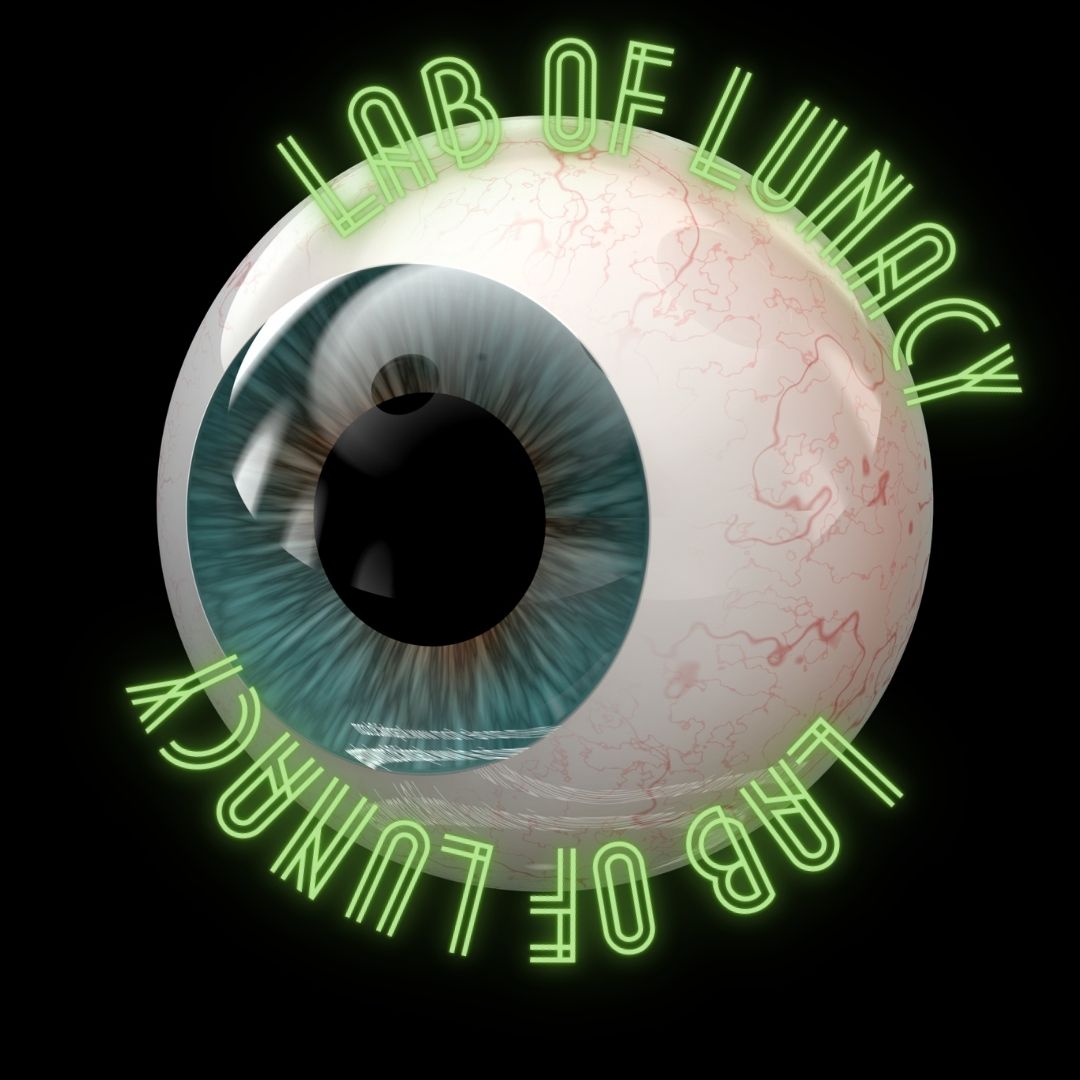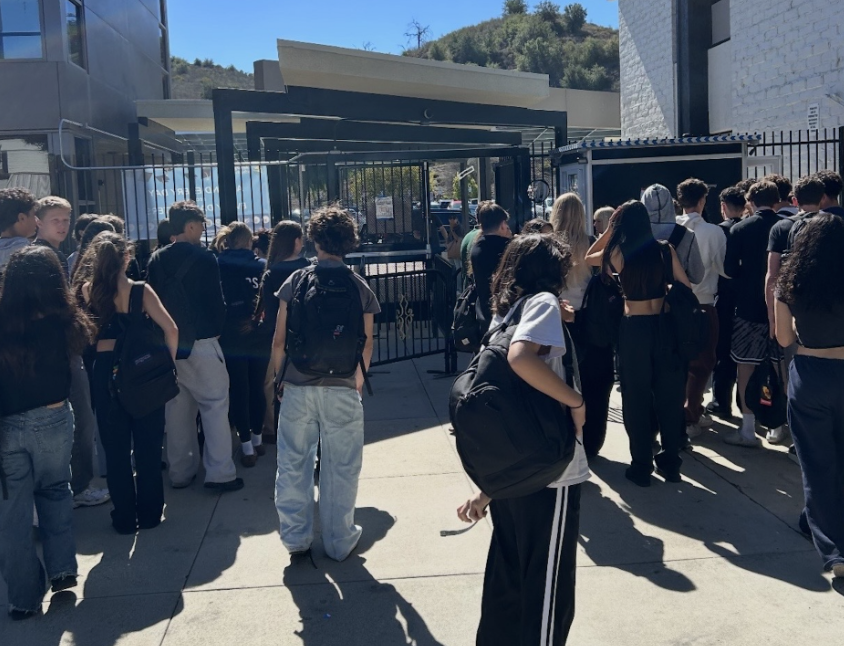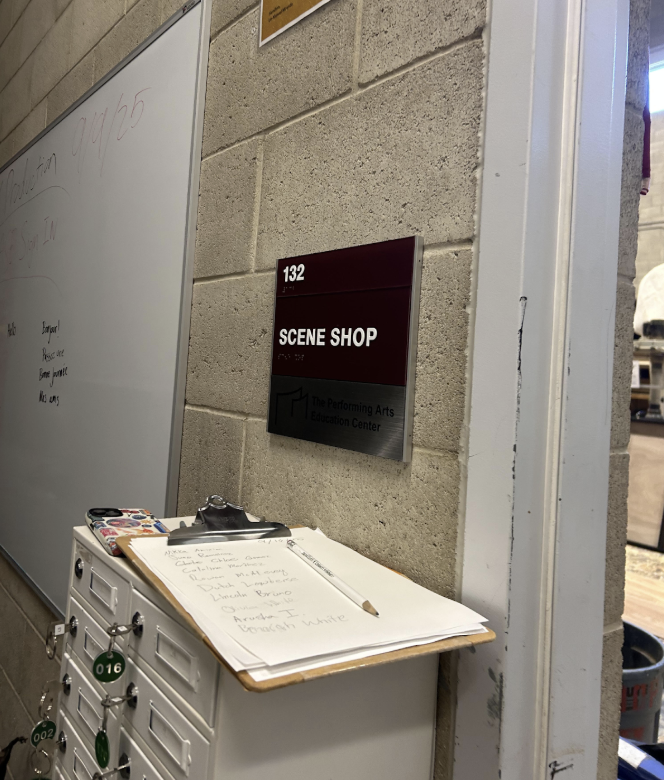To properly implement changes to the Federal Application for Student Aid, the 2024-2025 form’s original October 1st availability date was postponed until the end of December. Now, following issues and delays with the application, the effort to simplify the form had the opposite effect, applying pressure on students, families, and universities.
“This is going to be a tough time,” said CHS College and Career Advisor Nancy Yumkas.
Since 2016, FAFSA has opened up to applicants on October 1st. In 2023, the application’s availability was postponed in order to provide more time for the addition of the form’s changes, this year’s being the final installation of modifications required as a result of the FAFSA Simplification Act. These changes include new aid eligibility calculations and direct submission of taxes, which require sharing data between applicants and the IRS.
“While typically the FAFSA has been released on October 1, this year’s delay is due to a significant overhaul of the FAFSA form and processing system,” wrote National Association of Student Financial Aid Administrators Staff Reporter Maria Carrasco. “FAFSA simplification brings a number of changes to the FAFSA process, including implementation of the new SAI [Student Aid Index] calculation, direct taxpayer data sharing with the IRS, and a shortened form for students and their families to submit.”
The FAFSA form was finally opened in “beta” at the end of December with an expectation that universities would begin receiving submitted information by February 1st. But the form did not come without its issues. Students were not able to open the form at any given time– and when they did, it was prone to crashing.
“[FAFSA] came out in December, but it was in beta. Students could fill it out, but it was incredibly glitchy. Some people could do one thing and it would boot them out, and it was very difficult,” said Yumkas. “Supposedly, as of February 1st, it was going live, and all the information would be sent to colleges so they could evaluate students’ financial needs, and when they make offers of acceptance, they can also offer financial aid packages.”
To pile on stress, the aforementioned new calculations were revealed to be inaccurate, setting applicants up to receive less aid than they qualify for. These issues led to the next FAFSA delay: universities will not be receiving students’ financial data until March 1st, two months before students are expected to make their admissions decisions.
“What they [The Dept. of Education] realized was that the formulations were incorrect. They were not calculating family size appropriately, and that impacted how much need a student might have and therefore how much aid they would get from the college,” said Yumkas. “Now, the discussion is that this [FAFSA] will not get out until March.”
With the FAFSA application generally opening in October, schools are given plenty of time to offer students financial aid prior to the May 1st student decision date. With colleges not even being able to receive applications until March, it is anticipated that students won’t hear back about aid offers from universities until shortly prior to May 1st, a date that is susceptible to postponing as a result of FAFSA delays. As of now, all UCs and CSUs have extended the commitment date to May 15th to give applicants more time to review decisions and financial offers.
What I think, unfortunately, we may see, is that [universities] don’t get the stuff until the 11th hour, so we have to watch what’s going to happen with the commitment days,” said CHS College and Career Advisor Robin Lutsky. “Traditionally, it’s May 1, but if [financial offers] are not rolling out… schools admit people in March, but if [students] don’t get their financial aid package until mid April, then have you visited? Have you not visited? It’s a wait and see.”
With the FAFSA delays, it can feel that the application is not worth filling out or that colleges may never receive the application. While these feelings are valid, college counselors heavily advise students to complete and submit the form, even though they will not be received until March 1st.
“You can still submit it, and you should still submit it,” said Yumkas.
“It’s going to linger,” said Lutsky. “And it’ll go to the colleges as soon as it opens up.”
















